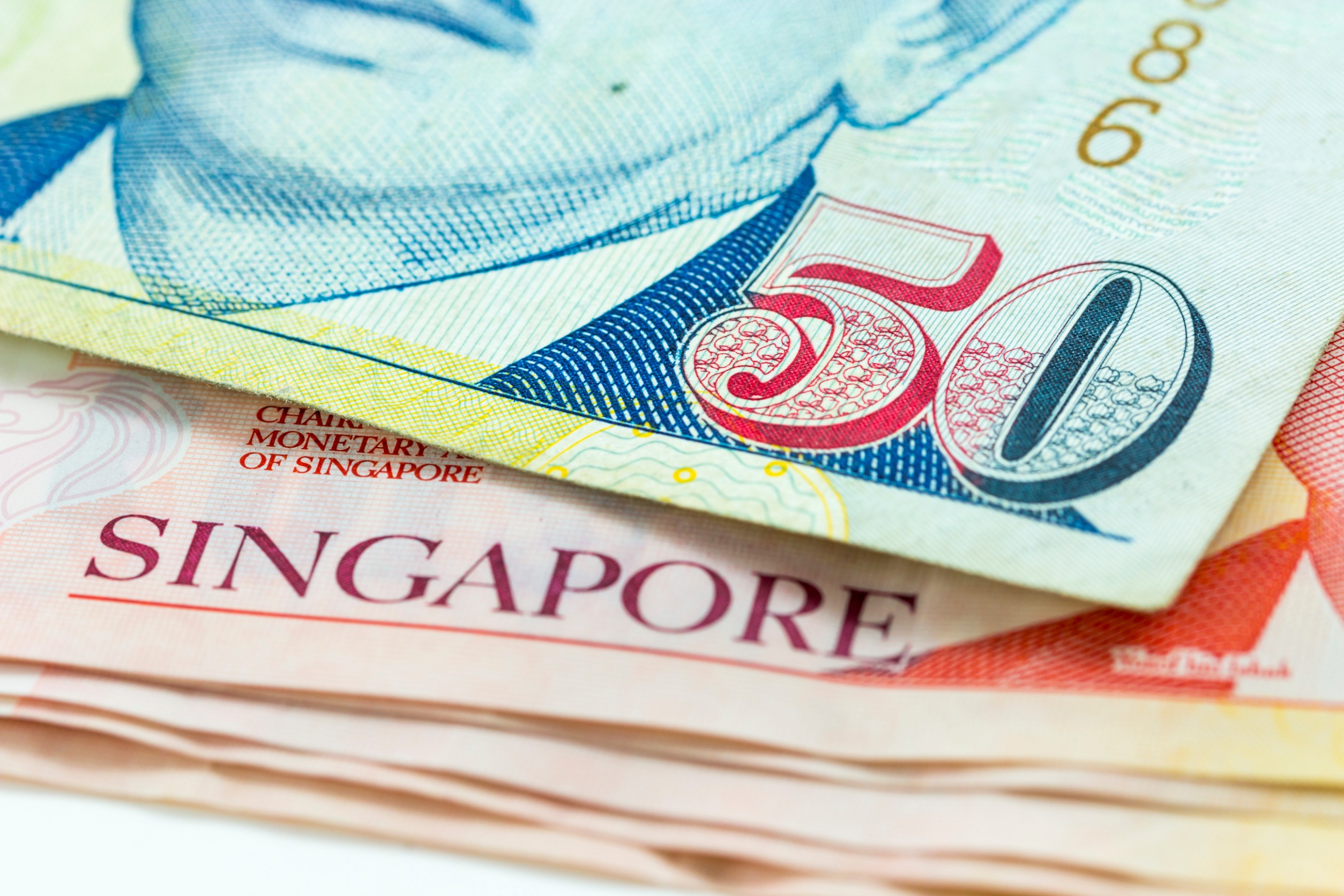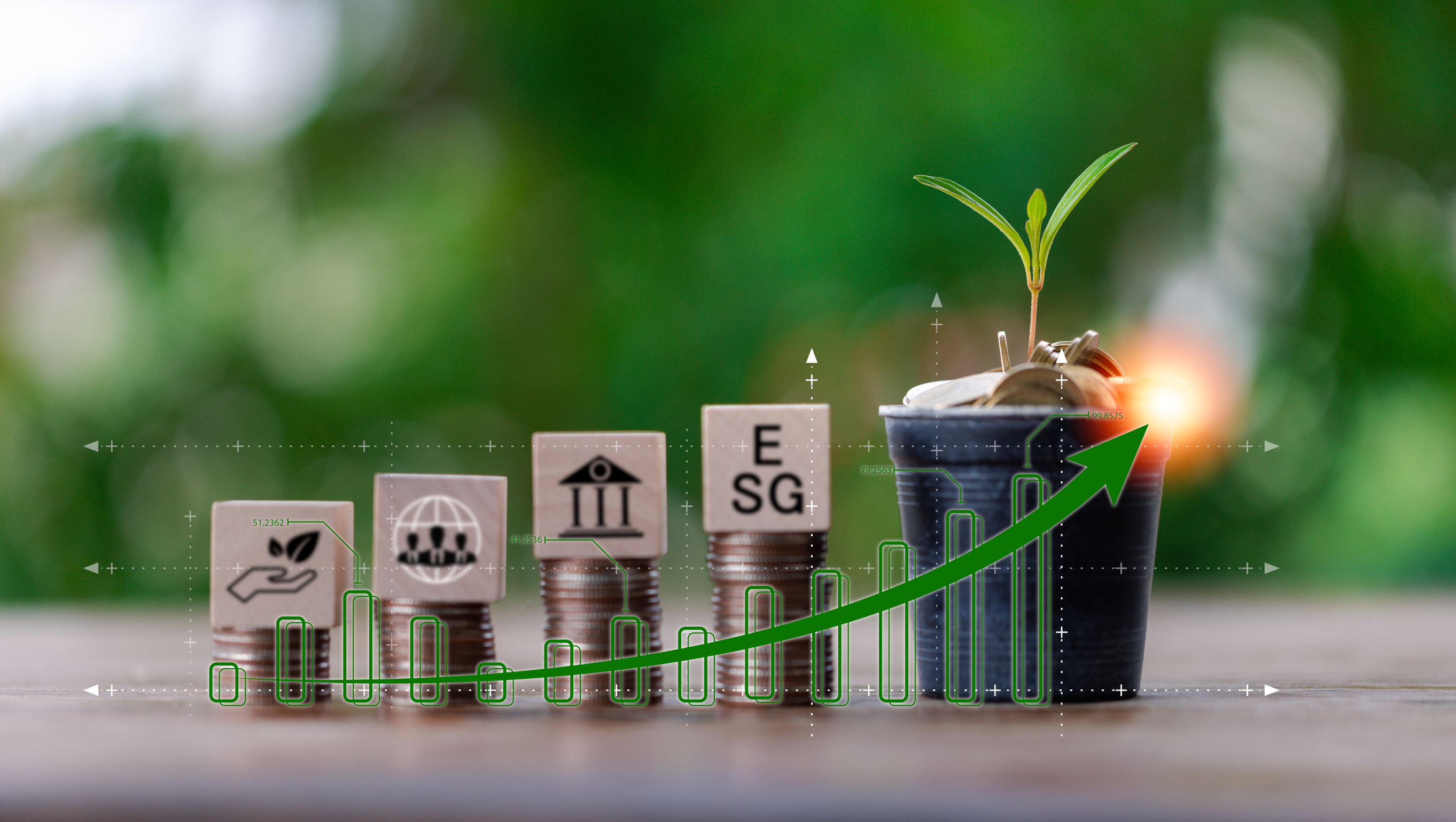Household incomes in South Korea fell for third straight quarter in 2020

For 4Q 2020, the average household’s income was 5.16 million won (US$4,670) monthly, rising 1.8% compared to that a year ago.
However, the data also showed that household income earned through wages and business operations fell for the third consecutive quarter in 4Q last year due to the impact of the pandemic.
Salaries dropped by 0.5% year-on-year, while income from business operations fell 5.1% in the last quarter of 2020.
“A flare-up in new coronavirus cases dealt a blow to employment in the face-to-face services and the self-employed sectors,” said Jeong Dong-myeong, a senior Statistics Korea official.
The pandemic has led to job losses since March last year, with the 982,000 jobs lost in January being the highest number in more than two decades.
In response, transfer income backed by the government’s support rose 22.7% on-year in the fourth quarter as the country provided emergency handouts to small merchants and shop owners hit hard by the pandemic.
“The underprivileged suffered a fall in earned income, but the government’s policy response, including an extra budget, helped offset such decline,” the finance ministry said.
Statistics Korea data showed that the average household spent 3.89 million won (US$3,512) per month last quarter, a drop of 0.1% on-year.
Households’ monthly consumption expenditure totaled 2.91 million won (US$2,627), down 0.1% on-year, due mainly to a reduction in spending on hospitality and education services.
Separately, the data showed that the income gap between the top and bottom earners widened in the fourth quarter as the employment situation of the low-income bracket worsened. The average monthly income of households in the bottom-20%-income bracket rose 1.7% on-year to 1.64 million won (US$1,481), while that of the upper-20% bracket rose 2.7% on-year to 10 million won (US$9,028).
READ: Temporary jobs for South Koreans in their 20s plunge as pandemic wears on
Consequently, South Korea’s distribution ratio for disposable income reached 4.72 in the fourth quarter, up from 4.64 a year ago. A higher ratio indicates an increased inequality in income distribution.
The pandemic has widened the inequality in the country as the pace of recovery varies among sectors and businesses, resulting in a “K-shaped recovery”, according to Yonhap.



